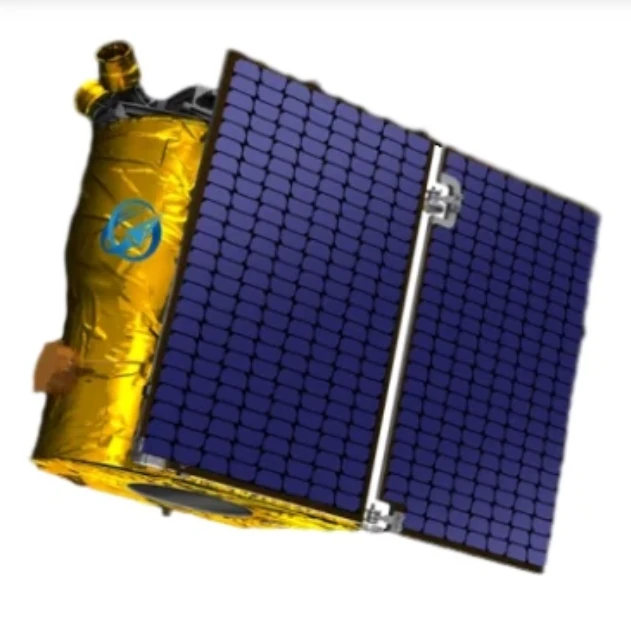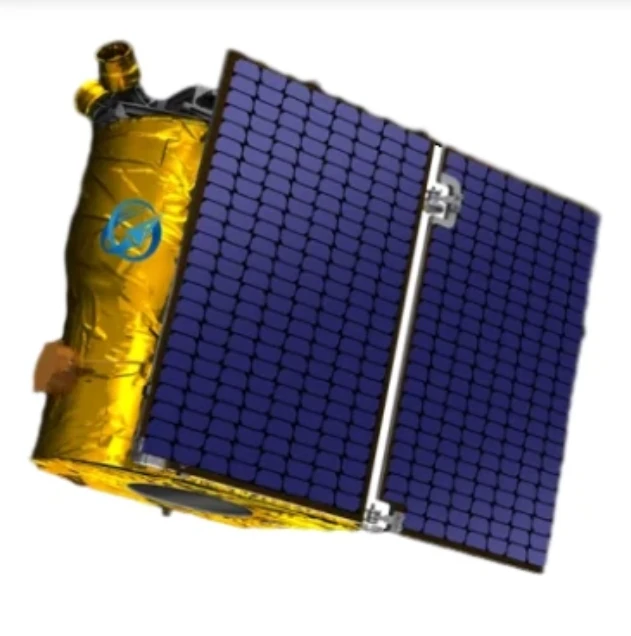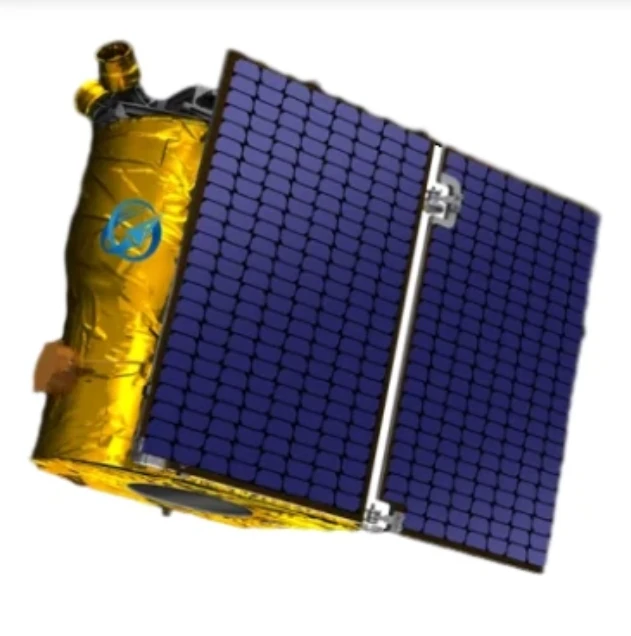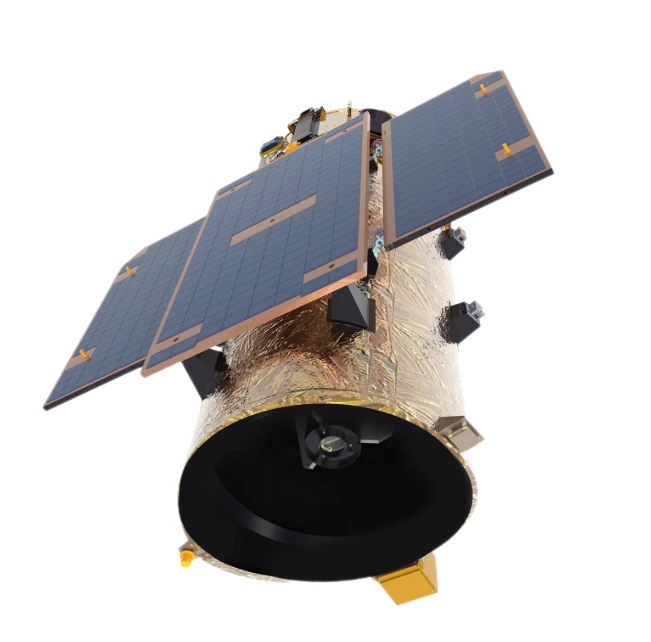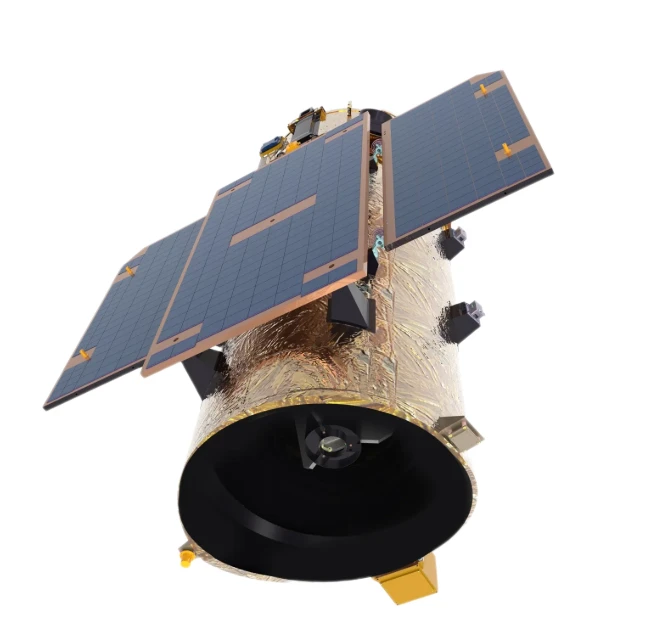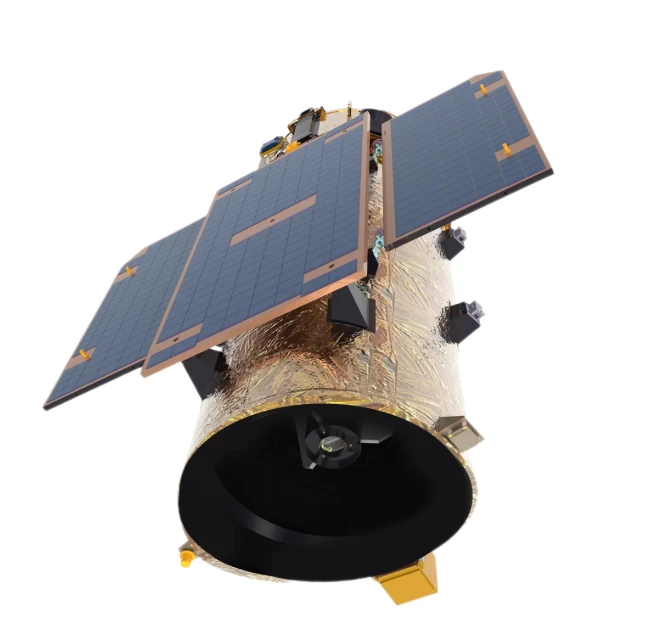
- Mwafrika
- Kialbeni
- Kiamhari
- Kiarabu
- Kiarmenia
- Kiazabajani
- Kibasque
- Kibelarusi
- Kibengali
- Kibosnia
- Kibulgaria
- Kikatalani
- Cebuano
- China
- Kikosikani
- Kikroeshia
- Kicheki
- Kideni
- Kiholanzi
- Kiingereza
- Kiesperanto
- Kiestonia
- Kifini
- Kifaransa
- Kifrisia
- Kigalisia
- Kijojiajia
- Kijerumani
- Kigiriki
- Kigujarati
- Krioli ya Haiti
- Kihausa
- Kihawai
- Kiebrania
- Hapana
- Miao
- Kihungaria
- Kiaislandi
- igbo
- Kiindonesia
- irish
- Kiitaliano
- Kijapani
- Kijava
- Kikanada
- kazakh
- Khmer
- Mnyarwanda
- Kikorea
- Kikurdi
- Kirigizi
- Kazi
- Kilatini
- Kilatvia
- Kilithuania
- Kilasembagi
- Kimasedonia
- Kimalagasi
- Kimalei
- Kimalayalam
- Kimalta
- Kimaori
- Marathi
- Kimongolia
- Myanmar
- Kinepali
- Kinorwe
- Kinorwe
- Oksitani
- Kipashto
- Kiajemi
- Kipolandi
- Kireno
- Kipunjabi
- Kiromania
- Kirusi
- Kisamoa
- Kigaeli cha Kiskoti
- Kiserbia
- Kiingereza
- Kishona
- Kisindhi
- Kisinhala
- Kislovakia
- Kislovenia
- Msomali
- Kihispania
- Kisunda
- kiswahili
- Kiswidi
- Kitagalogi
- Tajiki
- Kitamil
- Kitatari
- Kitelugu
- Thai
- Kituruki
- Waturukimeni
- Kiukreni
- Kiurdu
- Uighur
- Kiuzbeki
- Kivietinamu
- Kiwelisi
- Msaada
- Kiyidi
- Kiyoruba
- Kizulu
Exploring Satellite Platforms in Remote Sensing: Key Technologies and Manufacturers
Satellite platforms have revolutionized industries from agriculture to defense, providing essential data for monitoring, mapping, and analyzing Earth’s surface and atmosphere. As one of the primary elements in Earth observation, satellite platforms play a critical role in remote sensing. This blog will delve into the role of satellite platform in remote sensing, key technologies involved, and explore satellite bus manufacturers that are crucial to the design and production of these platforms.
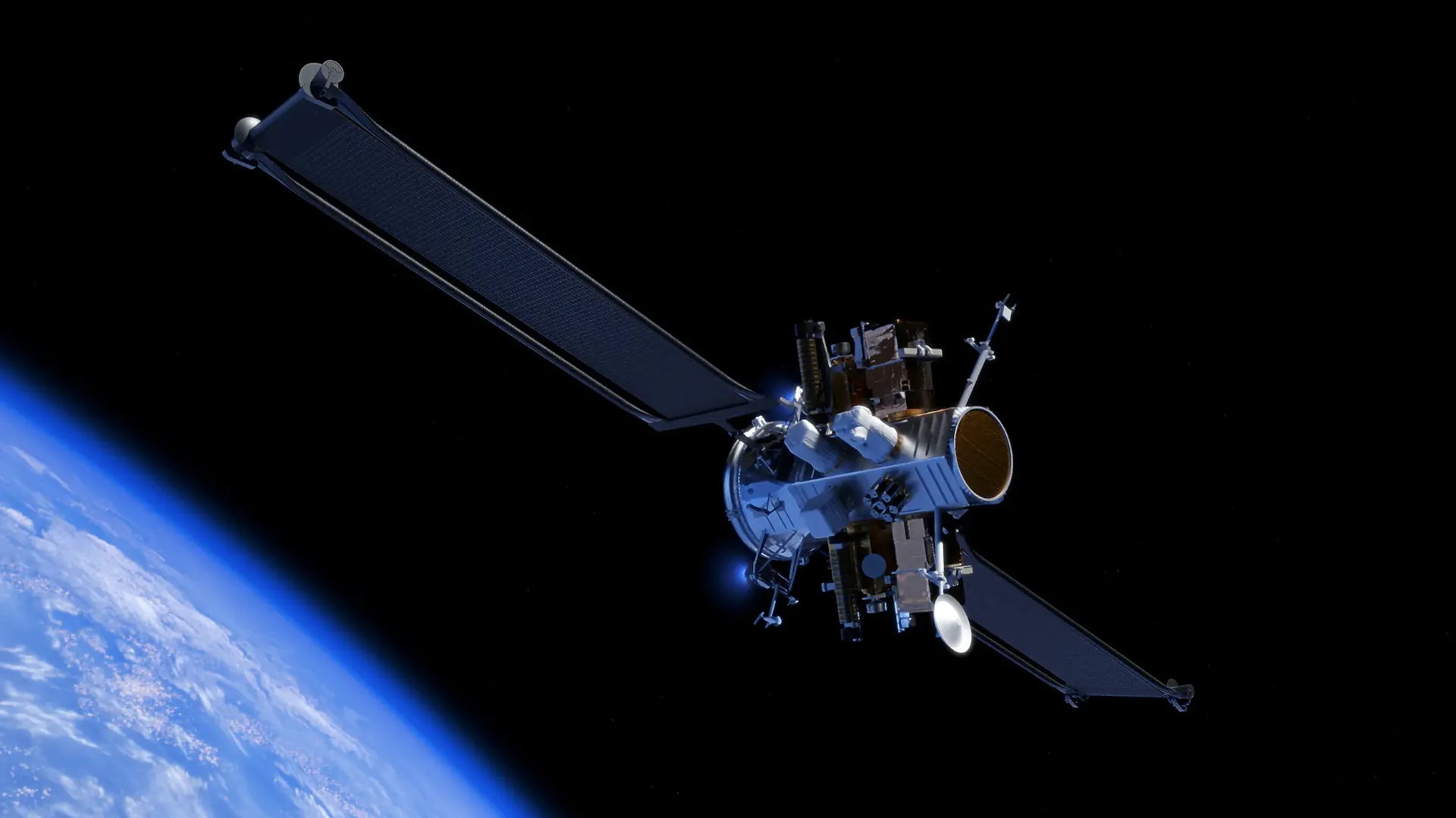
What is a Satellite Platform?
A jukwaa la satelaiti is the structure or foundation on which all the satellite’s components are built. This includes the payload, power system, propulsion, communication systems, and the satellite bus. Satellite platforms are designed to support and house these systems, ensuring the functionality of the satellite for its intended purpose. In the context of remote sensing, a satellite platform acts as the base for sensors and instruments that gather crucial data for environmental monitoring, land use, and disaster management.
Satellite Platforms in Remote Sensing
When discussing satellite platforms in remote sensing, it is important to understand the critical role they play in gathering precise data for various applications. Remote sensing involves using satellite-based sensors to collect data about Earth's surface, atmosphere, and oceans. This data is invaluable for monitoring natural resources, weather patterns, climate change, and even for military intelligence purposes. Satellite platforms in remote sensing must be designed to carry the necessary payloads, such as high-resolution cameras, radar systems, and spectrometers.
These platforms must also be robust enough to withstand the harsh environment of space while maintaining accurate functionality. The satellite bus plays a vital role in ensuring this stability by providing the power, thermal control, propulsion, and communication capabilities required for the satellite’s operation.
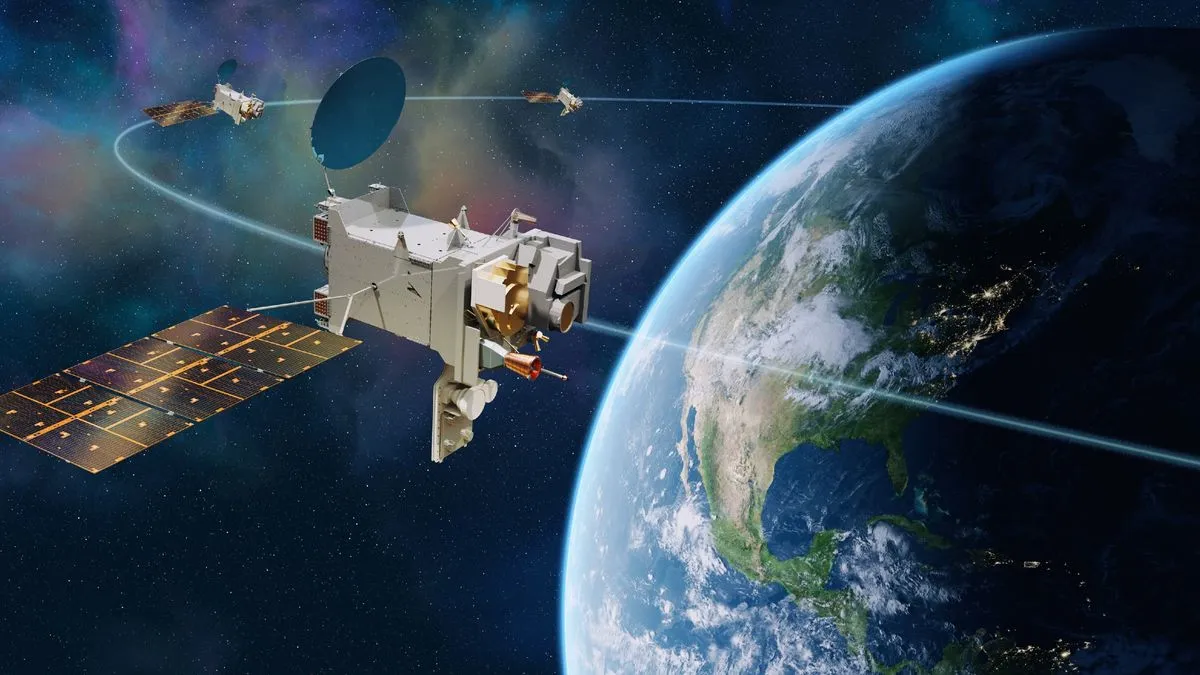
Key Technologies in Satellite Platforms
The key technologies that make satellite platforms work include advancements in power systems, communication technologies, and propulsion systems. For example, solar panels are commonly used on satellite platforms to provide power, while advanced communication technologies ensure that data collected by sensors is transmitted back to Earth efficiently.
In terms of propulsion, many satellite platforms are equipped with ion thrusters or chemical propulsion systems to adjust their orbits, stabilize the platform, and even deorbit at the end of their mission. These technologies are constantly evolving to make satellites more efficient, cost-effective, and capable of handling more complex missions.
Platform Satellite: A Modern Solution
A platform satellite refers to a satellite specifically designed to carry multiple payloads or instruments for different missions. These versatile platforms are used for a variety of remote sensing tasks, from agricultural monitoring to natural disaster management. The benefit of a platform satellite is its ability to host a wide array of sensors that can collect different types of data, making it an ideal solution for multi-purpose missions.
For example, a platform satellite designed for remote sensing may carry a combination of optical sensors, radar imaging systems, and atmospheric monitoring instruments. By sharing the same platform, these instruments can work together to provide comprehensive data for decision-making in various industries.
Satellite Bus Manufacturers: Key Players in Satellite Design
The design of satellite platforms is heavily dependent on the capabilities of watengenezaji wa mabasi ya satelaiti. A satellite bus is the core structure of a satellite, providing essential systems like power, propulsion, and thermal management. Manufacturers of satellite buses play a critical role in defining the capabilities of a satellite platform.
Top satellite bus manufacturers are responsible for providing the foundational design and hardware that ensure the satellite can function as expected in space. These manufacturers work closely with satellite designers and remote sensing agencies to create custom satellite buses suited to specific missions. Some well-known satellite bus manufacturers include Airbus, Lockheed Martin, and Boeing, each offering different designs that cater to varying mission requirements.
Satellite Bus Design and Cost
The muundo wa basi la satelaiti is a crucial factor in determining the overall functionality of a satellite platform. A well-designed satellite bus ensures that all systems are integrated and can operate seamlessly in space. The bus also helps manage power distribution, heat control, and satellite orientation, which are essential for accurate remote sensing data collection.
When it comes to gharama ya basi ya satelaiti, the complexity of the design and the required payload capacity are major factors that influence pricing. A simple design with minimal payload may cost less, while a more advanced design with specialized instruments and sensors for remote sensing will be more expensive. For many remote sensing agencies, balancing cost with capabilities is a key challenge. However, advancements in satellite bus design have been helping reduce the overall cost of building and launching satellites, making remote sensing more accessible to various industries.
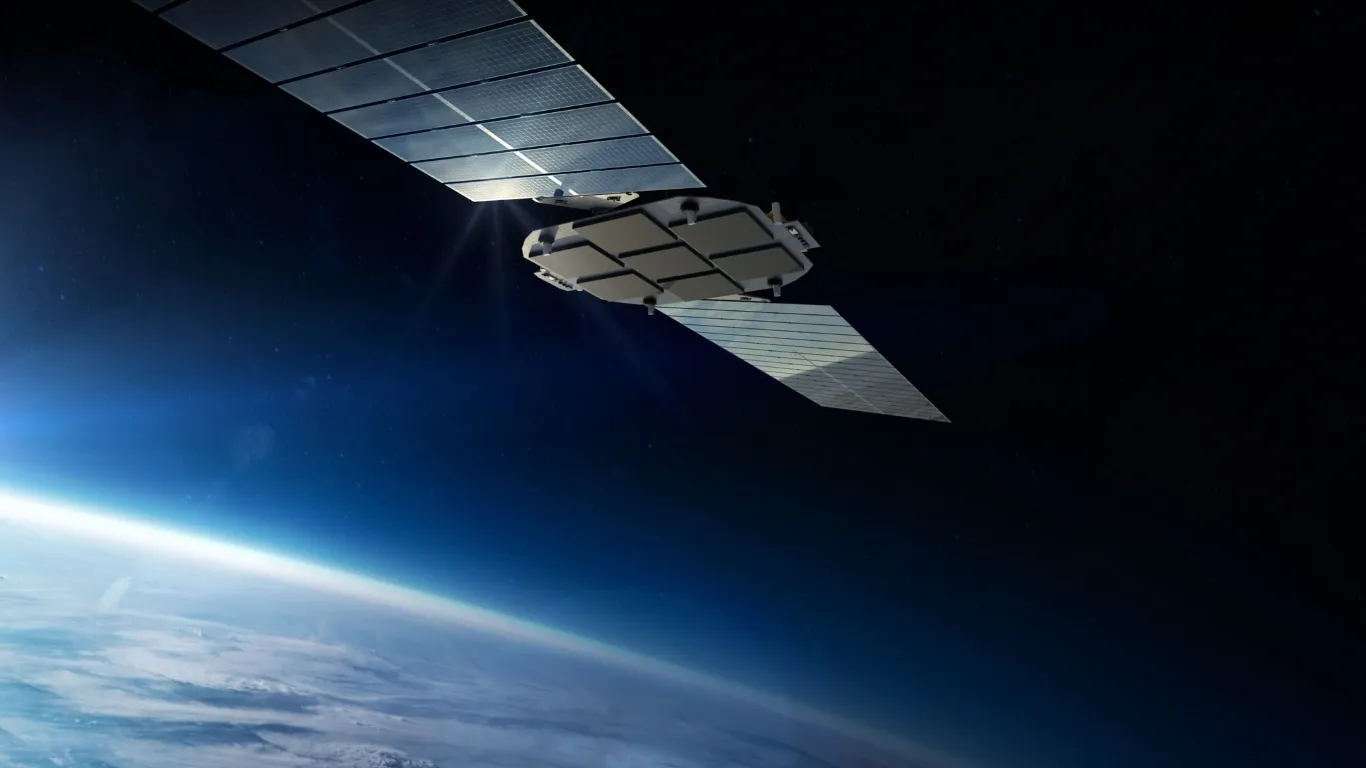
Conclusion
Satellite platforms are an essential part of modern remote sensing systems, enabling the collection of invaluable data that drives decision-making in numerous fields. From understanding the technological components of satellite platforms in remote sensing to the specific contributions of platform satellites and watengenezaji wa mabasi ya satelaiti, it is clear that satellite technology is continuously evolving to meet the demands of diverse industries. The development of efficient satellite bus designs and the reduction in gharama ya basi ya satelaiti are helping make these critical platforms more affordable and accessible, further enhancing the capabilities of remote sensing.
In the future, advancements in satellite technology will continue to improve the quality of remote sensing data, enabling more accurate and real-time information for a range of applications, from environmental monitoring to disaster response.
FQA:
1.What is a platform in a satellite?
A satellite platform provides the support on which to mount instruments and the infrastructure for the mission such as power, communications to the ground and navigation. In this case, the SMOS instrument is carried on a generic Proteus platform developed by the CNES French space agency and Thales Alenia Space.
2.What is the SpaceX satellite platform?
Starlink is a satellite internet constellation operated by Starlink Services, LLC, an international telecommunications provider that is a wholly owned subsidiary of American aerospace company SpaceX, providing coverage to over 100 countries and territories.
3.What is the advantage of satellite platform?
The advantages of satellite imagery, including its vast coverage, consistent cadence of data acquisition, cost-effectiveness, safety, accessibility, and availability of historical and archive data, make it a powerful option for a wide range of applications.
4.What is a satellite platform in drilling?
n. [Production Testing] A platform on which surface multiphase pumps can be mounted and connected to subsea multiphase pumps.
TAGS:
satellite platform satellite platforms in remote sensing
platform satellite satellite bus manufacturers
satellite bus cost satellite bus design






